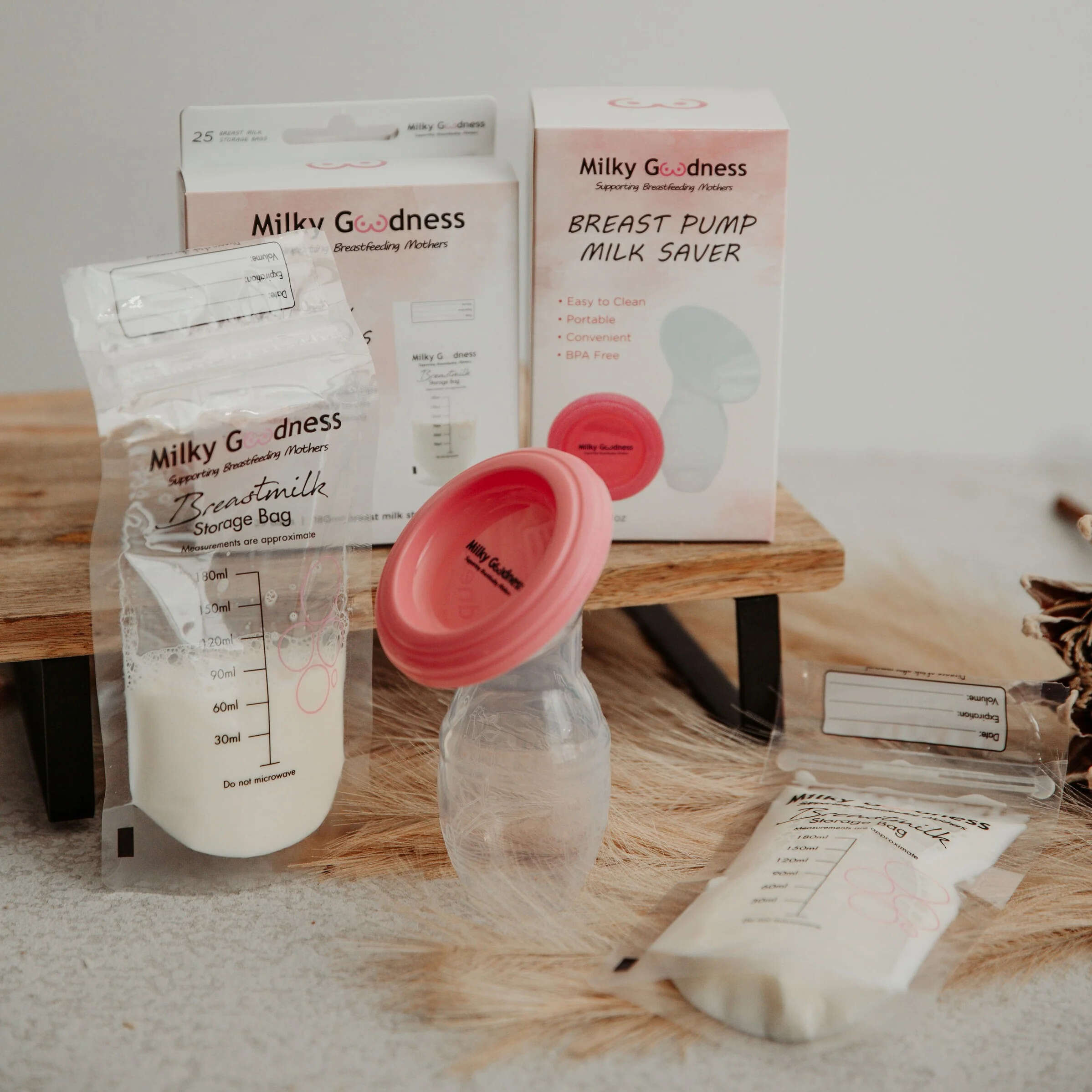

Articles
How To Store Pumped Milk
Modified: January 7, 2024
Learn the best practices for storing pumped milk in this helpful article. Discover tips and tricks to ensure the freshness and quality of your precious breast milk.
(Many of the links in this article redirect to a specific reviewed product. Your purchase of these products through affiliate links helps to generate commission for Storables.com, at no extra cost. Learn more)
Introduction
Proper storage of pumped milk is crucial for breastfeeding mothers who want to ensure their babies are getting the best nutrition even when they can’t directly breastfeed. Whether it’s due to returning to work, traveling, or simply wanting to have a supply of milk on hand, knowing how to store pumped milk correctly is essential.
When stored properly, breast milk can retain its nutritional value and be safe for your baby to consume. However, improper storage can lead to bacterial growth, nutrient loss, and potential harm to your little one. By following the right guidelines and using the appropriate storage methods, you can preserve the quality of your pumped milk while ensuring your baby’s health and well-being.
In this article, we will explore the importance of proper storage of pumped milk, discuss the different container options available, highlight guidelines for storage in the refrigerator and freezer, share tips for thawing and using frozen milk, and provide insights into storing milk at room temperature and while traveling. Let’s dive in and learn how to store pumped milk effectively!
Key Takeaways:
- Proper storage of pumped milk is essential for preserving its nutritional value, protective properties, and safety for your baby. Following guidelines for container selection, cleaning, and storage methods ensures the best nourishment for your little one.
- Thawing and using frozen breast milk safely and efficiently is crucial for maintaining its nutritional integrity. By following recommended thawing methods and usage timeframes, you can ensure the best outcome for your baby’s feeding experience.
Read more: How To Store Milk
Why is Proper Storage of Pumped Milk Important?
Proper storage of pumped milk is essential because it helps maintain the nutritional value and safety of breast milk for your baby. Breast milk contains a wide range of nutrients, antibodies, and enzymes that contribute to the growth and development of your little one. By ensuring that pumped milk is stored correctly, you can preserve these important components.
Here are a few key reasons why proper storage of pumped milk is so important:
- Nutrient retention: Breast milk is packed with essential nutrients, including proteins, carbohydrates, fats, vitamins, and minerals. These nutrients are vital for your baby’s overall growth and development. Proper storage helps to maintain the integrity of these nutrients, ensuring that your baby receives all the benefits of breast milk even when you are not directly breastfeeding.
- Antibody preservation: Breast milk contains antibodies that help protect your baby against infections and illnesses. These antibodies are a crucial component of your baby’s immune system. By storing pumped milk correctly, you can preserve the effectiveness of these antibodies, providing your baby with enhanced immune support.
- Bacterial control: Proper storage techniques help prevent the growth of harmful bacteria in pumped milk. Bacterial contamination can occur if milk is not stored at the correct temperature or if containers and equipment are not cleaned and sanitized properly. By following storage guidelines, you can reduce the risk of bacterial growth and protect your baby from potential infections.
- Safety assurance: When you store pumped milk properly, you can have peace of mind knowing that it is safe for your baby to consume. By following the recommended storage times and temperatures, you can minimize the risk of spoilage and ensure that your baby’s milk remains fresh and healthy.
Overall, proper storage of pumped milk helps preserve its nutritional value, maintain its protective properties, and ensure its safety for your baby. By following the guidelines and best practices for storage, you can provide your little one with the best possible nourishment, even when you are not able to breastfeed directly.
Choosing the Right Containers for Storing Pumped Milk
When it comes to storing pumped milk, selecting the right containers is crucial. The containers you choose should be safe, easy to use, and designed specifically for storing breast milk. Here are some factors to consider when choosing containers:
- BPA-Free: It is important to select containers that are free of Bisphenol A (BPA). BPA is a chemical found in some plastic containers and can potentially leach into the milk, which could be harmful to your baby’s health. Look for containers that are labeled as BPA-free.
- Glass Bottles: Glass bottles are an excellent choice for storing pumped milk. They are non-toxic, durable, and easy to clean. Glass is also a great option for long-term storage in the freezer as it doesn’t retain odors and is less likely to break or crack.
- Plastic Storage Bags: Plastic storage bags specifically designed for breast milk storage are another popular option. These bags are convenient, space-saving, and often come pre-sterilized. Look for bags that have a double closure to prevent leaks and ensure the integrity of the milk.
- Sealed Containers: Whichever type of containers you choose, make sure they have a secure and airtight seal. This prevents air exposure and helps to maintain the quality of the milk.
- Graduated Measurements: It is helpful to select containers that have graduated measurements marked on them. This allows you to easily measure the quantity of milk you are storing, making it convenient for feeding and ensuring minimal waste.
Remember to always use containers that are specifically designed for storing breast milk. Using regular household storage containers may not provide the same level of safety and may cause contamination or nutrient loss.
Lastly, it’s a good idea to have a sufficient number of containers on hand to accommodate your pumping routine. Having an extra set of containers can be particularly helpful if you plan to pump multiple times a day or store milk for an extended period of time.
By choosing the right containers for storing pumped milk, you can ensure the safety and quality of the milk and simplify the storage process for your breastfeeding journey.
Cleaning and Sterilizing Containers
Keeping your containers clean and properly sanitized is an essential step in storing pumped milk safely. Here are some guidelines for cleaning and sterilizing containers:
- Wash with soap and water: Before using containers for the first time, wash them thoroughly with hot water and a mild dish soap. Use a bottle brush to clean the inside of bottles or bags, ensuring that all residue is removed.
- Rinse well: After washing, rinse the containers with hot water to remove any soap residue. Ensure that no soap or detergent remains, as it can affect the taste of the milk and potentially be harmful to your baby.
- Sterilization: While washing with soap and hot water is usually sufficient, you may choose to sterilize the containers, especially if your baby is premature or has a weakened immune system. Sterilization can be done by boiling the containers in water for about 5 minutes or using a bottle sterilizer according to the manufacturer’s instructions.
- Air dry: After cleaning and sterilizing, allow the containers to air dry on a clean drying rack or place them on a clean towel. Avoid drying them with a cloth as it can introduce bacteria or lint.
- Store in a clean and dry area: Once the containers are dry, store them in a clean and dry area, away from dust and other contaminants. Cover them with a clean cloth or place them in a container to protect them from any potential exposure.
- Regular cleaning: It’s important to clean the containers after every use. Wash them with hot water and soap, rinse thoroughly, and allow them to air dry. Avoid using a dishwasher, as it may not clean the containers as thoroughly as hand-washing.
- Replace when needed: Over time, containers may show signs of wear and tear. Inspect them regularly and replace any containers that are cracked, damaged, or no longer seal properly.
By following these cleaning and sterilizing guidelines, you can maintain the cleanliness and integrity of the containers used for storing breast milk. It is also important to ensure that any pumping equipment, such as breast pump parts and tubing, are cleaned and sterilized after each use to avoid contamination of the milk during the pumping process.
Remember, cleanliness and proper hygiene practices are essential to keep your baby safe and healthy. By providing a clean and sanitized environment for your pumped milk, you can protect your baby from potential harmful bacteria and ensure the highest standard of milk quality.
Guidelines for Storing Pumped Milk in the Refrigerator
Storing pumped milk in the refrigerator is a common practice for breastfeeding mothers who want to have a readily available supply of milk for their babies. Here are some guidelines to follow when storing pumped milk in the refrigerator:
- Use clean containers: Ensure that the containers you use are clean and properly sterilized before storing milk in them. This helps prevent any contamination from bacteria or other substances.
- Date your milk: It is important to label each container with the date that the milk was expressed. This ensures that you use the oldest milk first and helps you track the freshness of your stored milk.
- Store in the back of the refrigerator: Place your milk containers in the back of the refrigerator, where the temperature is the coldest and most consistent. This helps maintain the quality and freshness of the milk.
- Keep milk away from the door: Avoid storing milk in the refrigerator door, as the temperature fluctuates each time the door is opened. This can affect the quality and safety of the milk.
- Use within 4-5 days: Refrigerated breast milk is safe to use for up to 4-5 days when stored at a temperature of 40°F (4°C) or below. However, using it within 3 days is generally recommended to ensure optimal freshness and nutrient quality.
- Avoid overfilling containers: Only fill your containers with the amount of milk that your baby is likely to consume in one feeding. This reduces the risk of waste and allows you to thaw and warm the milk more efficiently.
- Keep milk covered: Always keep your milk containers tightly covered with a lid or cap to prevent any contamination and to maintain the freshness of the milk.
- Avoid shaking: Avoid vigorously shaking the milk containers as it can cause the milk to separate. Instead, gently swirl the container to mix the milk before feeding.
It’s important to note that the guidelines mentioned above are for healthy, full-term babies. If your baby is premature or has specific medical conditions, it’s advisable to consult with a healthcare professional for specific storage recommendations.
By following these guidelines, you can ensure that your pumped milk stored in the refrigerator remains safe, fresh, and suitable for your baby’s consumption. Proper storage practices allow you to have a reliable supply of breast milk on hand and help you provide the best nutrition for your little one.
Read more: How To Froth Milk With Immersion Blender
Freezing Pumped Milk: Best Practices
Freezing pumped milk is a convenient way to store breast milk for longer periods. Whether you’re building a freezer stash or preparing for a future need, here are some best practices to follow when freezing pumped milk:
- Use freezer-safe containers: Use containers specifically designed for freezing breast milk, such as plastic storage bags or BPA-free storage containers. Alternatively, you can use sterilized glass containers with tight-fitting lids. Make sure to leave some space at the top of each container to allow for expansion as the milk freezes.
- Label and date: Prior to freezing, label each container with the date of expression. This helps you keep track of the freshness of your milk and ensures you use the oldest milk first.
- Store in small portions: Freeze breast milk in smaller portions to minimize waste. Consider freezing milk in quantities suitable for one feeding, as this allows for easier thawing and prevents the need to discard any milk that’s left unconsumed.
- Fill containers to appropriate levels: Leave some space at the top of each container to allow for expansion during freezing. Milk expands as it freezes, so be mindful not to overfill the containers to avoid leaks or spills.
- Use the first-in, first-out method: Arrange the containers in your freezer so that the oldest milk is easily accessible. This way, you will use the oldest milk first and ensure that none of it goes to waste.
- Store at the back of the freezer: To ensure consistent temperature and avoid exposure to warmer air when opening the freezer, store the milk containers at the back of the freezer, away from the door or any vents.
- Freeze immediately: Ideally, freeze breast milk as soon as possible after expressing. This helps to preserve its nutritional value and freshness.
- Follow storage times: Breast milk can be safely stored in a standard freezer, at a temperature of 0°F (-18°C), for up to 6 months. However, using it within 3-4 months is recommended to ensure optimal quality. If using a deep freezer that maintains a temperature of -4°F (-20°C) or lower, breast milk can be stored for up to 12 months.
- Thaw gently: When ready to use frozen breast milk, thaw it by placing the container in the refrigerator overnight. If you need it sooner, you can thaw it under lukewarm running water, gently swirling the container to evenly distribute the heat.
Following these best practices for freezing pumped milk helps maintain its nutritional value and ensures its safety for your baby. By properly packaging and labeling your milk, you can have a reliable and accessible supply of breast milk whenever needed.
Store pumped milk in clean, BPA-free containers with secure lids. Label with the date and use the oldest milk first. Store in the back of the fridge or in a cooler with ice packs if traveling.
Thawing Frozen Milk Safely
Thawing frozen breast milk properly is important to preserve its nutritional value and ensure its safety for your baby. Here are some guidelines to follow when thawing frozen milk:
- Thaw in the refrigerator: The safest method to thaw frozen breast milk is to place the container in the refrigerator overnight. This slow thawing process helps maintain the milk’s quality and minimizes the risk of bacterial growth.
- Use thawed milk within 24 hours: Once breast milk has been fully thawed in the refrigerator, it should be used within 24 hours. Do not refreeze previously thawed milk, as it can lead to a loss of nutrients and increase the risk of bacterial contamination.
- Thawing under warm water: If you need to thaw breast milk more quickly, you can use warm water. Fill a bowl or basin with lukewarm water and place the sealed container of frozen milk in it. Gently swirl the container to ensure even warming. Avoid using hot water, as it can cause the milk to lose some of its nutritional properties.
- Avoid microwaving: It is strongly recommended to avoid thawing breast milk in a microwave. Microwaving can create hot spots in the milk, destroy valuable nutrients, and increase the risk of scalding your baby. Additionally, microwaving breast milk can cause uneven heating, which can be dangerous.
- Gently swirl to mix: Once breast milk is fully thawed, gently swirl the container to mix the milk, as the fat may have separated during freezing. Avoid vigorously shaking the container, as it can lead to excess foaming or loss of beneficial components.
- Temperature check: Before feeding the thawed milk to your baby, check its temperature by placing a few drops on the inside of your wrist. It should feel lukewarm or at room temperature, not hot. If it feels warm or hotter, let it cool down before feeding.
It’s important to note that thawed breast milk may have a slightly different appearance, such as separation or changes in color or smell. This is normal and does not indicate spoilage. Simply mix the milk gently before feeding to ensure a consistent composition.
By following these guidelines, you can safely thaw frozen breast milk and maintain its nutritional integrity for your baby. Proper thawing methods minimize nutrient loss and reduce the risk of bacterial contamination, ensuring that your little one receives the best possible nourishment.
Using Frozen Milk for Feeding
When it comes to using frozen breast milk for feeding, there are a few steps you should follow to ensure the best outcome for your baby. Here are some guidelines to help you safely use frozen milk:
- Thaw the milk: Begin by thawing the frozen breast milk using one of the recommended methods mentioned earlier. Thawed milk can be kept in the refrigerator for up to 24 hours.
- Gently swirl or mix: Once the milk is fully thawed, gently swirl the container to mix the milk. This action helps to recombine the separated fat and ensures the consistency of the milk before feeding.
- Warm the milk (optional): If your baby prefers warm milk, you can warm the thawed milk by placing the container in a bowl of warm water or using a bottle warmer. Avoid overheating the milk, as it can destroy valuable nutrients. Check the temperature of the milk on your wrist before feeding.
- Use within 1-2 hours: Once the milk is thawed, it is safe to use for up to 1-2 hours at room temperature. However, it is generally advisable to use thawed milk as soon as possible to ensure its freshness and minimize the risk of bacterial growth.
- Avoid refreezing: It is important not to refreeze previously thawed breast milk, as it can lead to a loss of nutrients and increase the risk of contamination. Use the thawed milk within the recommended time frame and discard any remaining milk that your baby does not consume.
- Offer small amounts initially: If you are introducing frozen breast milk to your baby for the first time, start with small amounts to gauge their acceptance and tolerance. This allows you to observe any reactions or potential digestive issues before offering larger quantities.
- Observe for signs of spoilage: As with any type of milk, it is essential to observe for signs of spoilage before feeding. These signs include a sour or off smell, unusual separation, or changes in color. If you notice any of these signs, discard the milk and do not feed it to your baby.
Remember, each baby may have different preferences when it comes to feeding and milk temperature. Pay attention to your baby’s cues and adjust accordingly to provide a comfortable and enjoyable feeding experience.
By following these guidelines, you can safely use frozen breast milk to meet your baby’s nutritional needs. Freezing and properly using stored breast milk ensures that your baby continues to receive the benefits of breast milk, even when direct breastfeeding is not possible.
Storing Pumped Milk at Room Temperature: Dos and Don’ts
Storing pumped milk at room temperature can be a convenient option when you need to feed your baby within a shorter time frame. However, it’s important to follow some guidelines to ensure the safety and quality of the milk. Here are the dos and don’ts of storing pumped milk at room temperature:
- Do:
- Store milk in clean, sterilized containers specifically designed for storing breast milk.
- Keep the containers tightly sealed to prevent any contamination and maintain the freshness of the milk.
- Choose a cool and hygienic place to store the milk. Ideal room temperature ranges from 60°F (16°C) to 77°F (25°C).
- Use the milk within 4 hours of pumping. Breast milk can be stored at room temperature for up to 4 hours. Using it within this time frame ensures optimal freshness and reduces the risk of bacterial growth.
- Label each container with the date and time of expression to track the freshness of the milk.
- Don’t:
- Don’t leave pumped milk at room temperature for longer than 4 hours. Leaving milk out for an extended period increases the risk of bacterial growth and contamination. Discard any milk that has been left at room temperature for more than 4 hours.
- Don’t store milk in plastic bags that are not specifically designed for breast milk storage. Regular food bags may not provide the same level of protection against contamination and leakage.
- Don’t place milk in direct sunlight or near heat sources, as excessive heat can degrade the quality of the milk.
- Don’t mix freshly pumped milk with already cooled or refrigerated milk. It’s best to cool newly pumped milk before combining it with already stored milk to maintain consistent temperatures.
- Don’t freeze milk that has been stored at room temperature. If you decide to freeze the milk, ensure that it has been properly refrigerated before freezing to maintain its quality.
It’s crucial to remember that while room temperature storage can be convenient in certain situations, it’s not recommended as a long-term storage method. Breast milk should be refrigerated or frozen to maintain its nutritional value and safety for extended periods.
By following these dos and don’ts, you can safely store pumped milk at room temperature for a short period, ensuring your baby receives the best possible nourishment.
Read more: How To Store Almond Milk
Traveling with Pumped Milk: Tips and Precautions
Traveling with pumped milk requires careful planning and consideration to ensure the safety and quality of the milk. Whether you’re going on a short trip or a long journey, here are some tips and precautions to keep in mind when traveling with pumped milk:
- Plan ahead: Before traveling, assess how much milk you’ll need for the duration of your trip. Consider the length of your travel, feeding frequency, and any contingency plans for unexpected delays.
- Use a cooler bag or insulated container: Invest in a high-quality cooler bag or insulated container to transport your pumped milk. Choose one that is sturdy, well-insulated, and leak-proof. Make sure the bag or container is the appropriate size to accommodate the amount of milk you’ll be carrying.
- Use ice packs or frozen gel packs: To keep your milk cold during travel, pack it with reusable ice packs or frozen gel packs. Place the ice packs in direct contact with the milk containers to ensure proper cooling. Consider using multiple ice packs for longer trips or when traveling in hot weather conditions.
- Double-bag your milk containers: For added protection against leaks, double-bag your milk containers using heavy-duty, freezer-safe bags. This provides an extra layer of security and helps maintain the quality of the milk in case of any accidental spills or melting ice.
- Carry a thermometer: To monitor the temperature of your milk during travel, bring along a digital thermometer. Regularly check the temperature of the milk to ensure it remains within the safe range, below 40°F (4°C).
- Choose the right transportation method: If traveling by car, place the cooler bag or container in the backseat or trunk, away from direct sunlight. If flying, inform the airline in advance that you’ll be traveling with pumped milk. Familiarize yourself with their guidelines and policies regarding carrying breast milk on board.
- Know local regulations and customs: If traveling internationally, familiarize yourself with the local regulations and customs regarding carrying breast milk. Some countries may have specific restrictions or requirements, such as declaring the milk at customs or providing documentation.
- Refrigerate or freeze upon arrival: Once you reach your destination, promptly transfer the milk to a refrigerator or freezer. If you’re uncertain about the available storage options, have a plan in place to purchase additional ice or find a suitable cooling facility to maintain the freshness of the milk.
Remember, the goal is to ensure the milk stays at a safe temperature and maintains its quality during travel. Following these tips and taking necessary precautions will help you navigate the challenges of traveling with pumped milk and provide your baby with the nourishment they need on the go.
Frequently Asked Questions (FAQs)
1. How long can I store pumped milk in the refrigerator?
Pumped milk can be stored in the refrigerator for up to 4-5 days at a temperature of 40°F (4°C) or below. It’s recommended to use the milk within 3 days to ensure optimal freshness.
2. Can I add freshly pumped milk to already refrigerated milk?
Yes, you can combine freshly pumped milk with already refrigerated milk. However, it’s best to cool the freshly pumped milk before mixing them to maintain consistent temperatures.
3. Can I mix milk from different pumping sessions?
Yes, you can mix milk from different pumping sessions. Make sure that all the milk you combine is cooled to the same temperature before mixing.
4. How long can I store breast milk in the freezer?
In a standard freezer, breast milk can be stored for up to 6 months at 0°F (-18°C) or below. In a deep freezer, it can be stored for up to 12 months at a temperature of -4°F (-20°C) or lower.
5. Can I refreeze thawed breast milk?
No, it is not recommended to refreeze previously thawed breast milk. Refreezing can lead to a loss of nutrients and increase the risk of bacterial contamination. It’s best to use thawed milk within 24 hours.
6. Can I heat breast milk in the microwave?
No, it is not recommended to heat breast milk in the microwave. Microwaving can create hot spots in the milk and destroy valuable nutrients. It’s safer to warm milk using warm water or a bottle warmer.
7. How can I tell if my stored breast milk has gone bad?
Spoiled breast milk may have an unusual smell, a sour taste, or changes in color or consistency. If you notice any of these signs, discard the milk immediately and do not feed it to your baby.
8. Can I still use frozen breast milk if it has been stored for longer than the recommended duration?
While it’s best to use frozen breast milk within the recommended storage times, milk stored for longer periods may still be safe to use. However, it may have a reduced nutritional value. Use your judgment and consult with a healthcare professional if you have concerns.
Remember, these are general guidelines. If you have specific concerns or questions about pumping or storing breast milk, it’s always best to consult with a lactation consultant, healthcare provider, or breastfeeding support group for personalized advice.
Conclusion
Proper storage of pumped milk is crucial for breastfeeding mothers who want to provide their babies with the benefits of breast milk even when direct breastfeeding is not possible. By following the guidelines and best practices for storing pumped milk, you can maintain its nutritional value, preserve its protective properties, and ensure its safety for your little one.
Choosing the right containers, cleaning and sterilizing them, and following the recommended storage times and temperatures are key to maintaining the quality of pumped milk. Whether you store it in the refrigerator, freezer, or at room temperature, understanding the dos and don’ts of each method is essential for ensuring the freshness and safety of the milk.
Thawing frozen milk properly and using it for feeding, whether at home or on the go, ensures that your baby continues to receive the benefits of breast milk. It’s important to handle thawed milk with care, follow recommended thawing methods, and adhere to usage timeframes to ensure the best outcome for your baby.
By incorporating these storage and handling practices into your breastfeeding routine, you can provide your baby with the best possible nutrition and health benefits of breast milk. Remember to consult with lactation consultants or healthcare providers if you have any specific concerns or questions about storing and using pumped milk.
Breast milk is a precious resource, and by storing it correctly, you can ensure that your baby receives all the essential nutrients, antibodies, and enzymes that will contribute to their growth and development. Your dedication to providing the best nourishment for your little one is truly commendable.
Frequently Asked Questions about How To Store Pumped Milk
Was this page helpful?
At Storables.com, we guarantee accurate and reliable information. Our content, validated by Expert Board Contributors, is crafted following stringent Editorial Policies. We're committed to providing you with well-researched, expert-backed insights for all your informational needs.
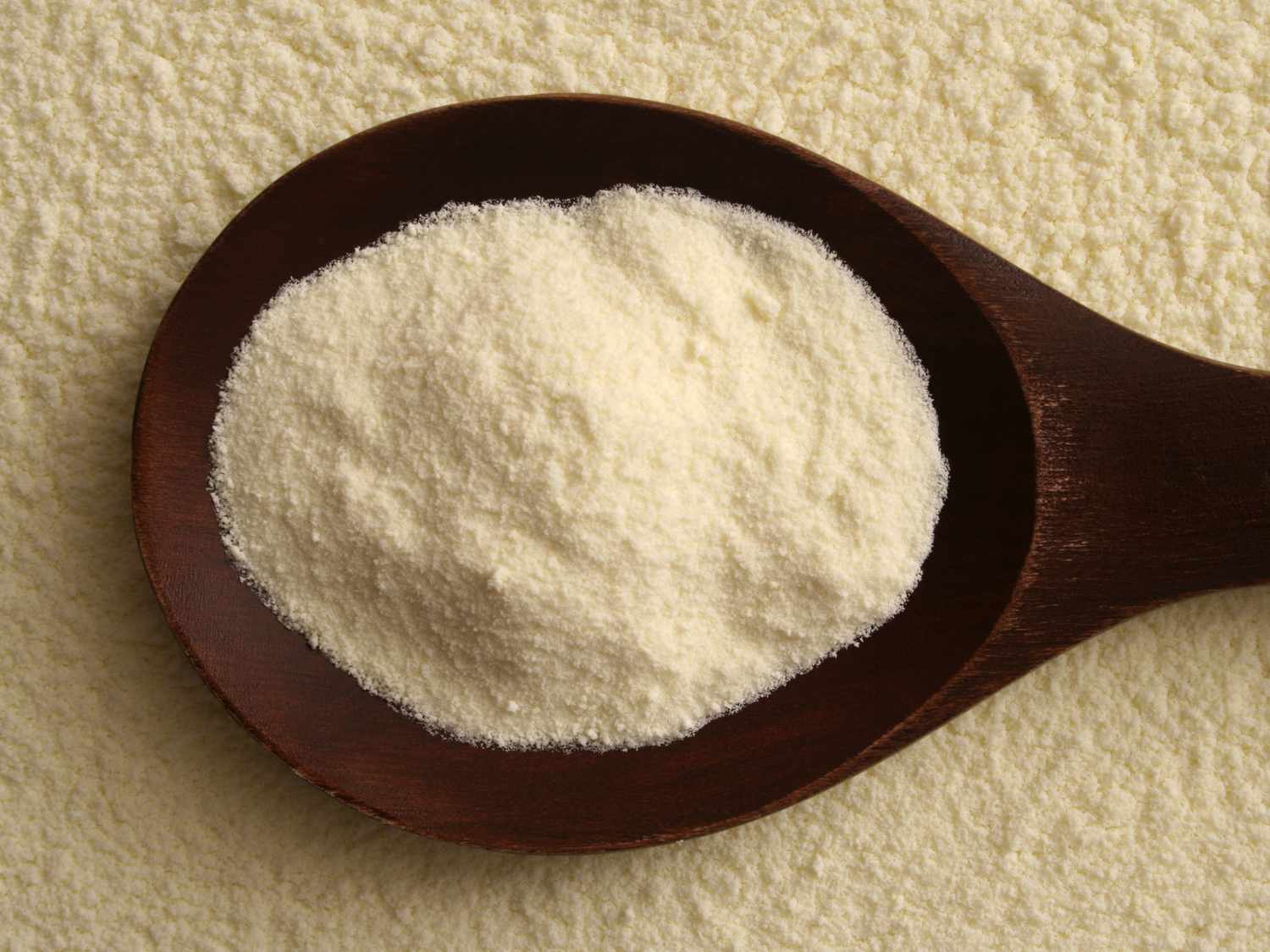
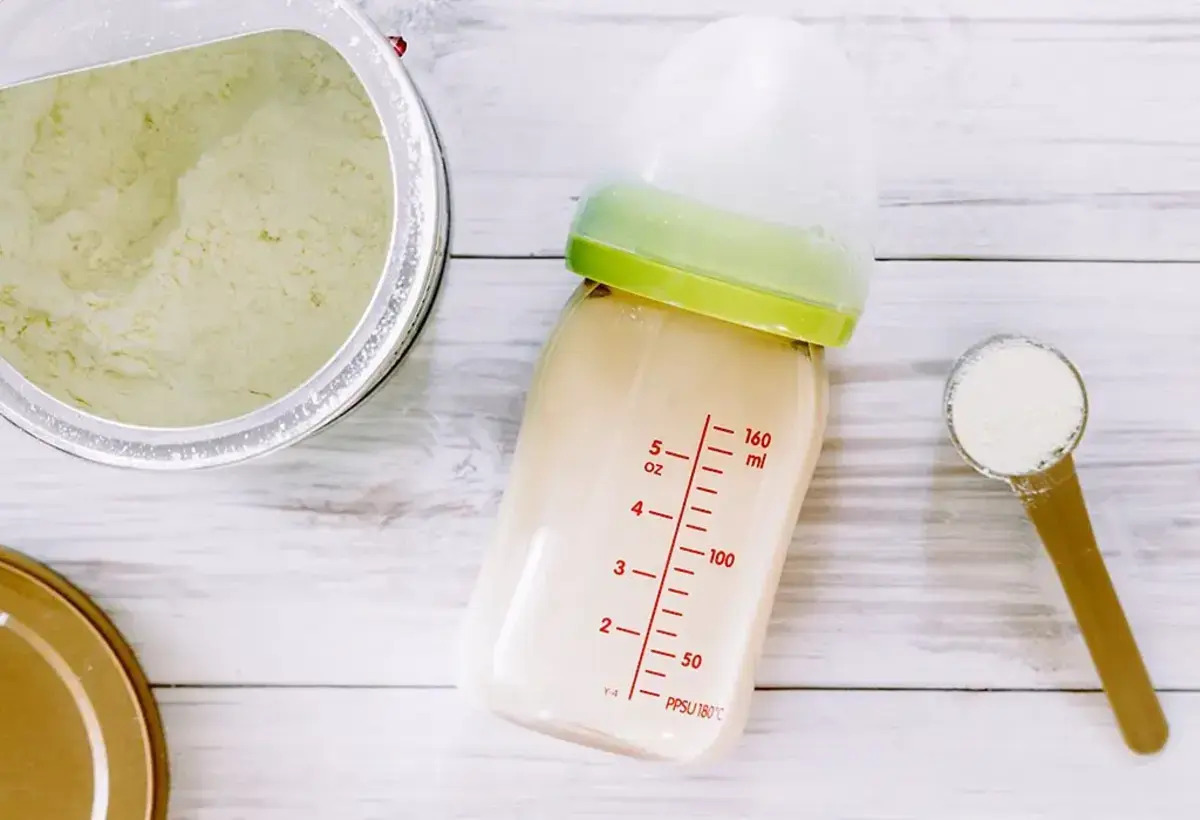
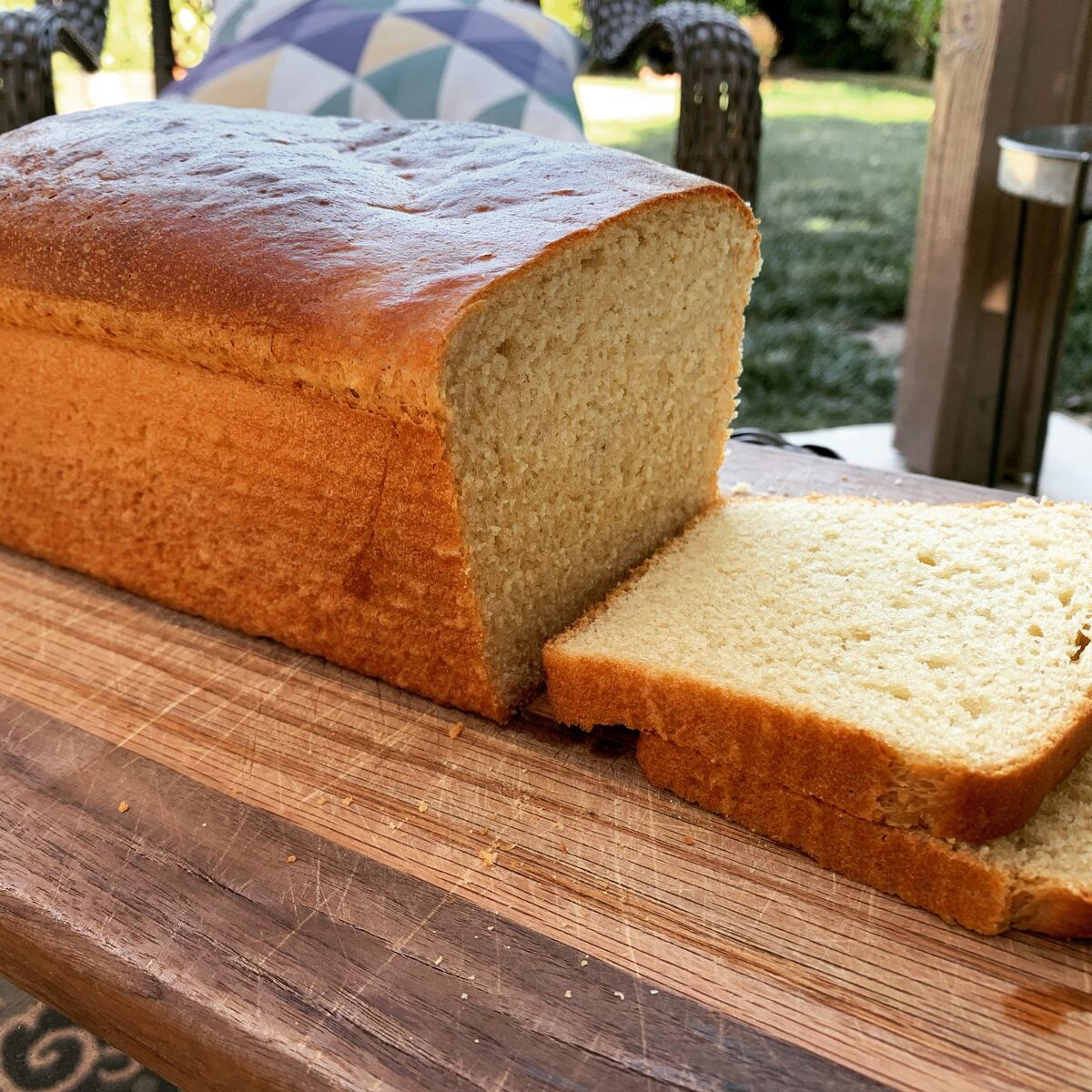
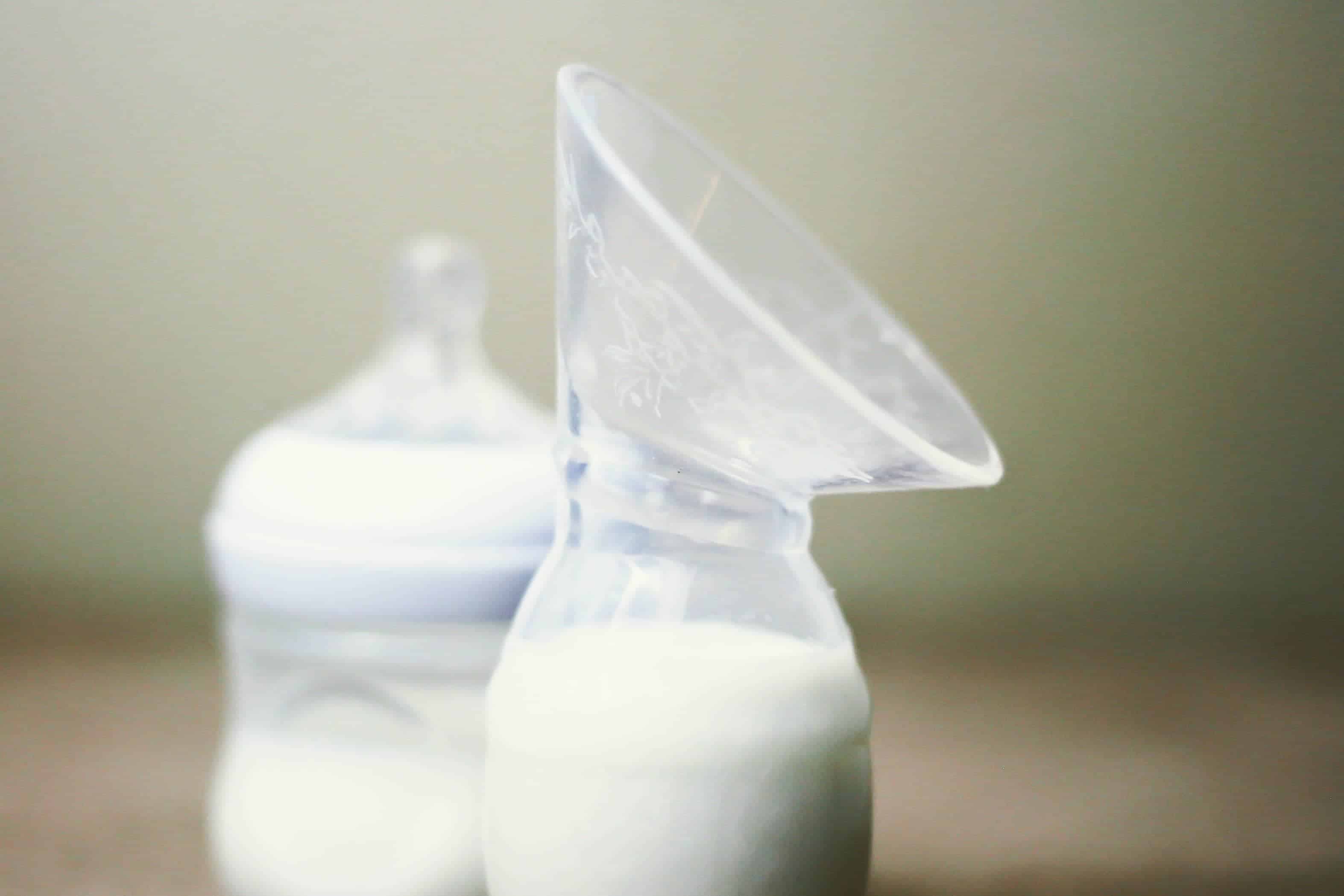
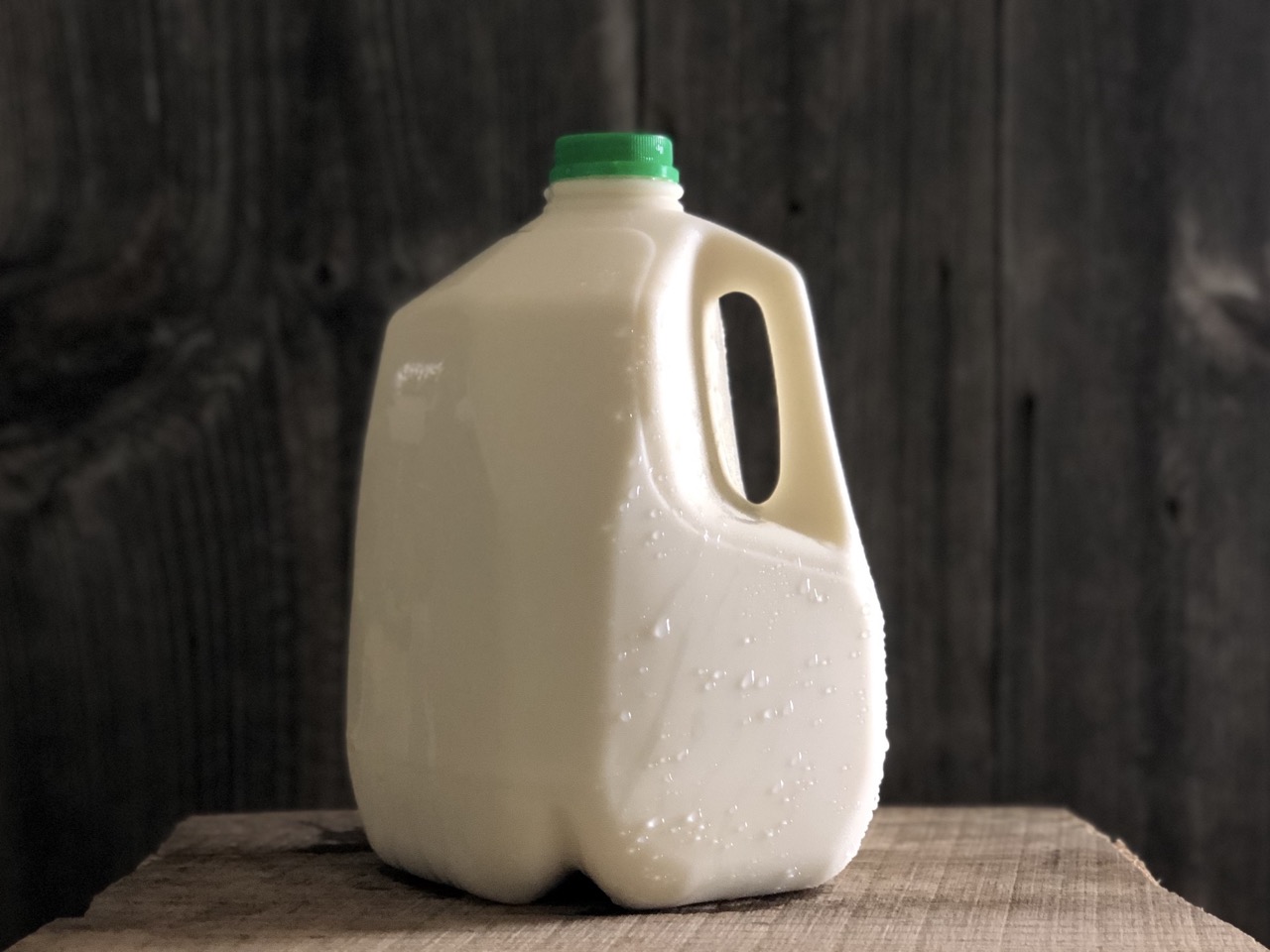
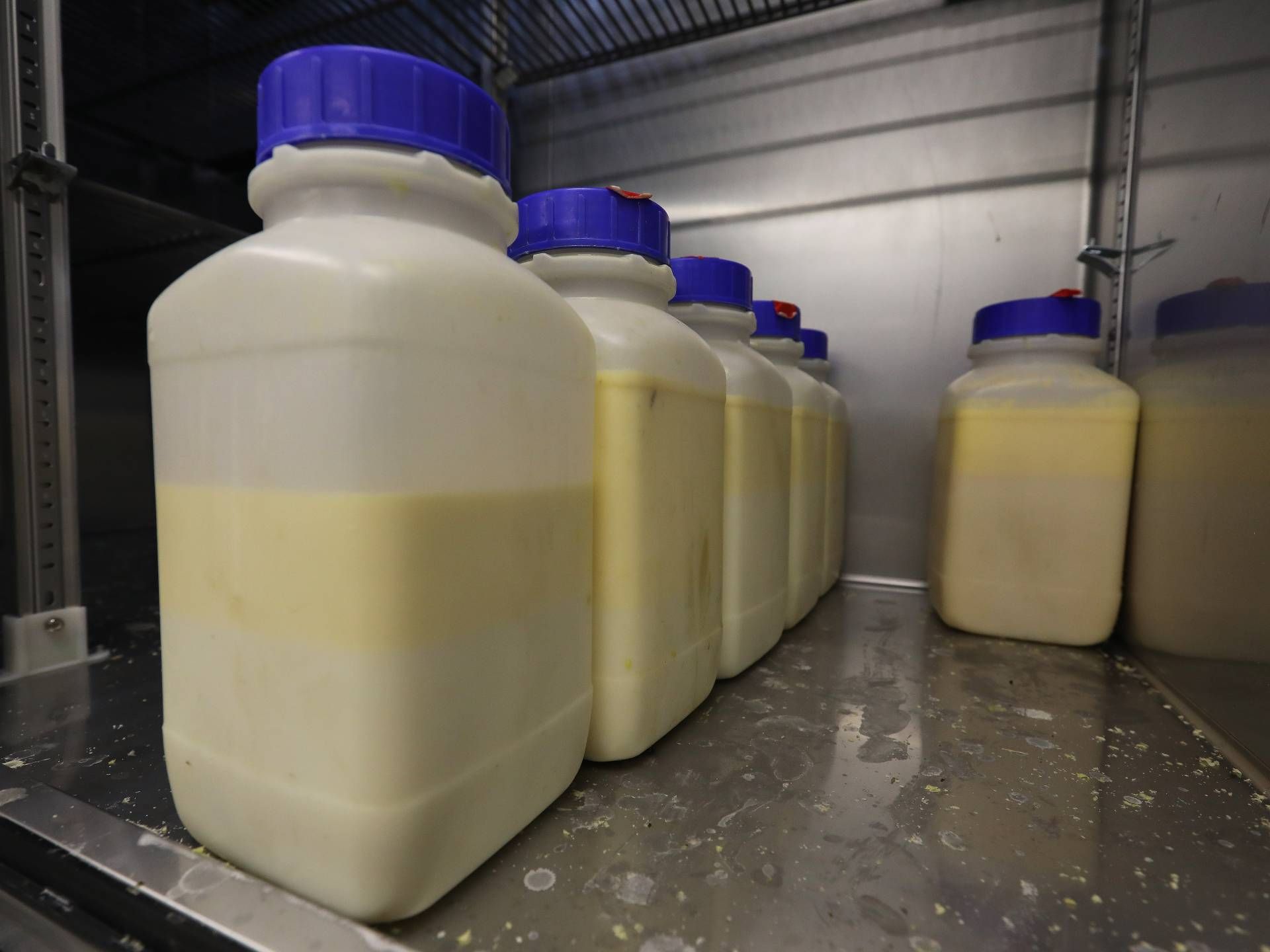
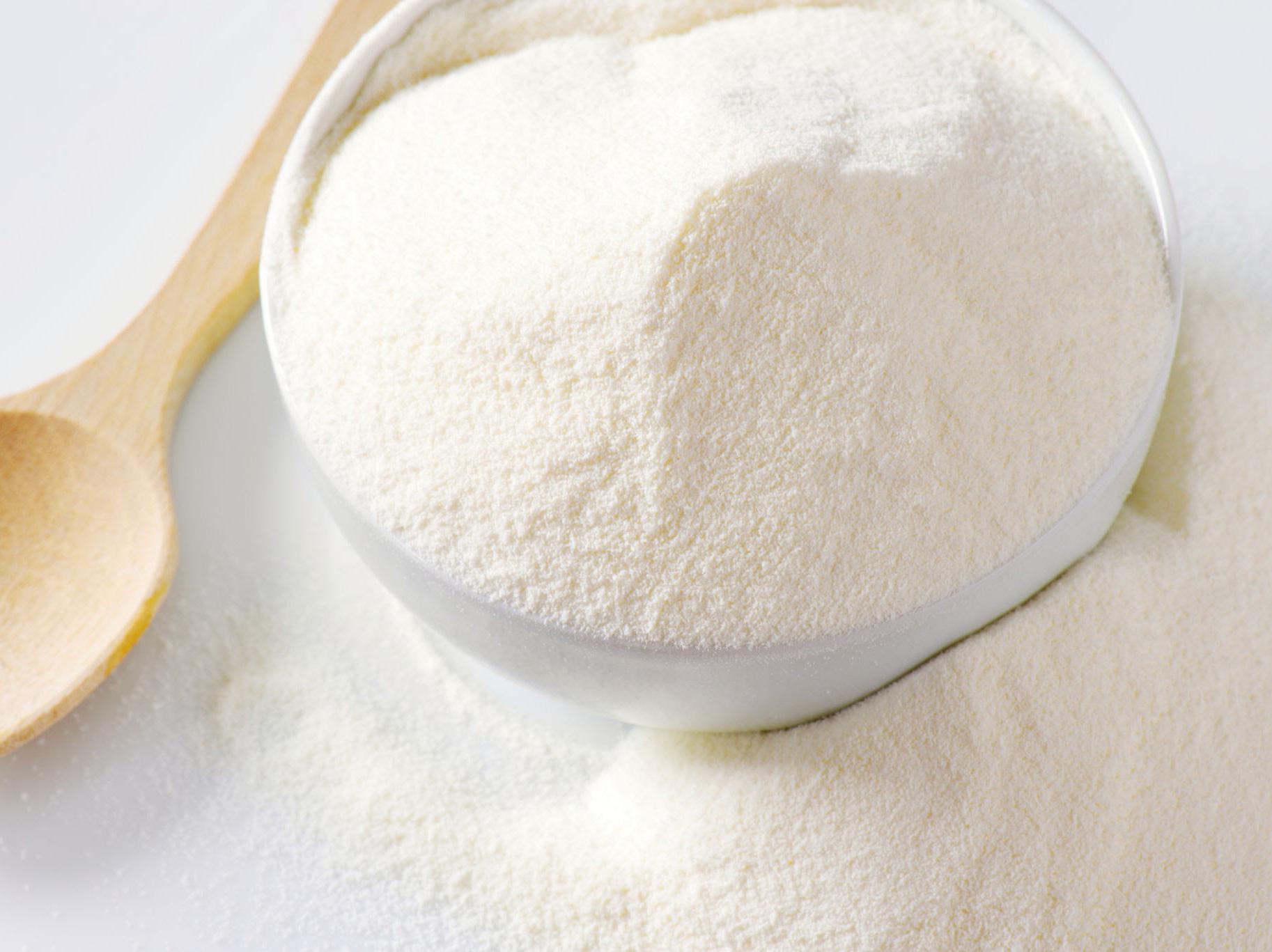
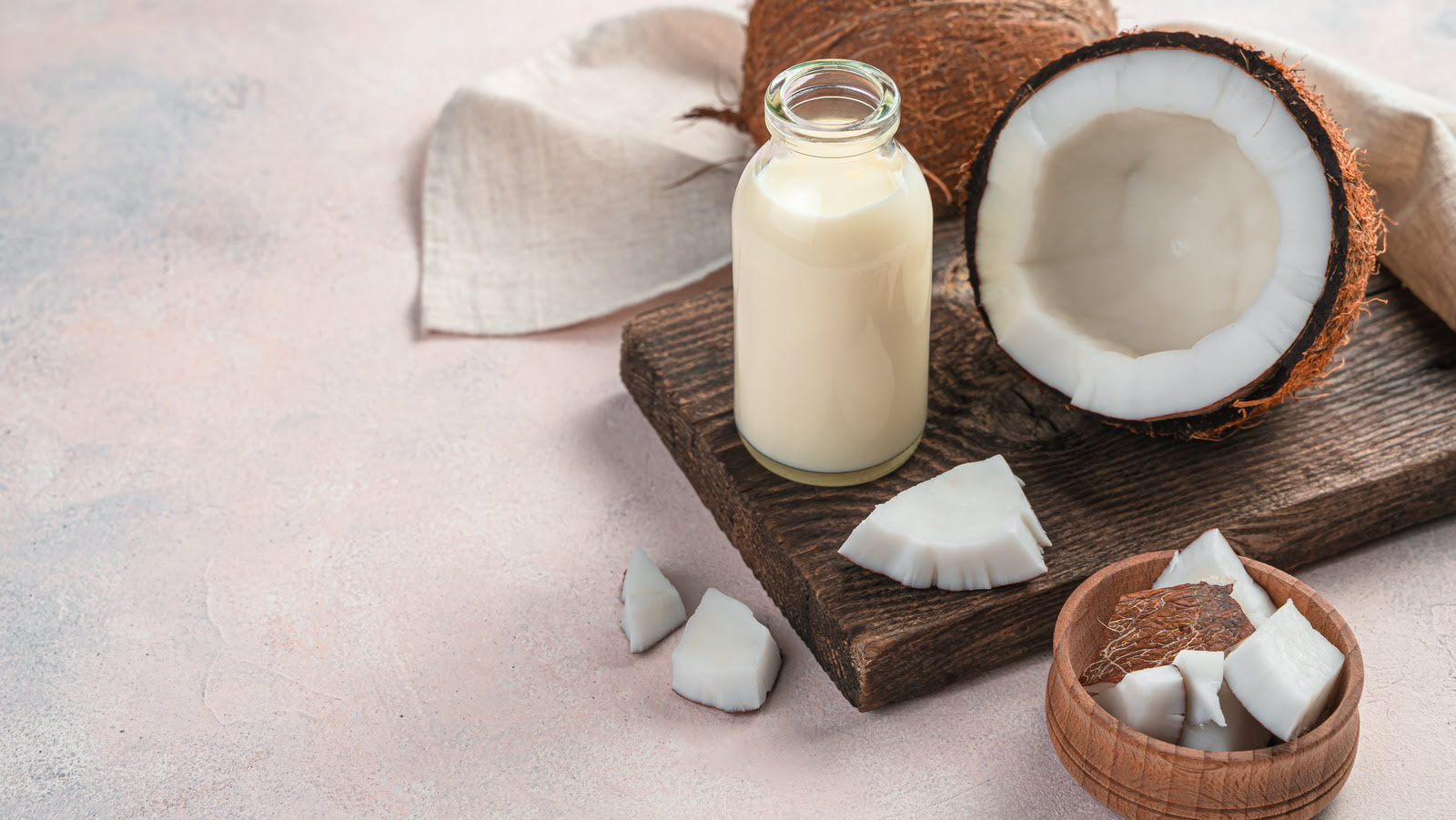
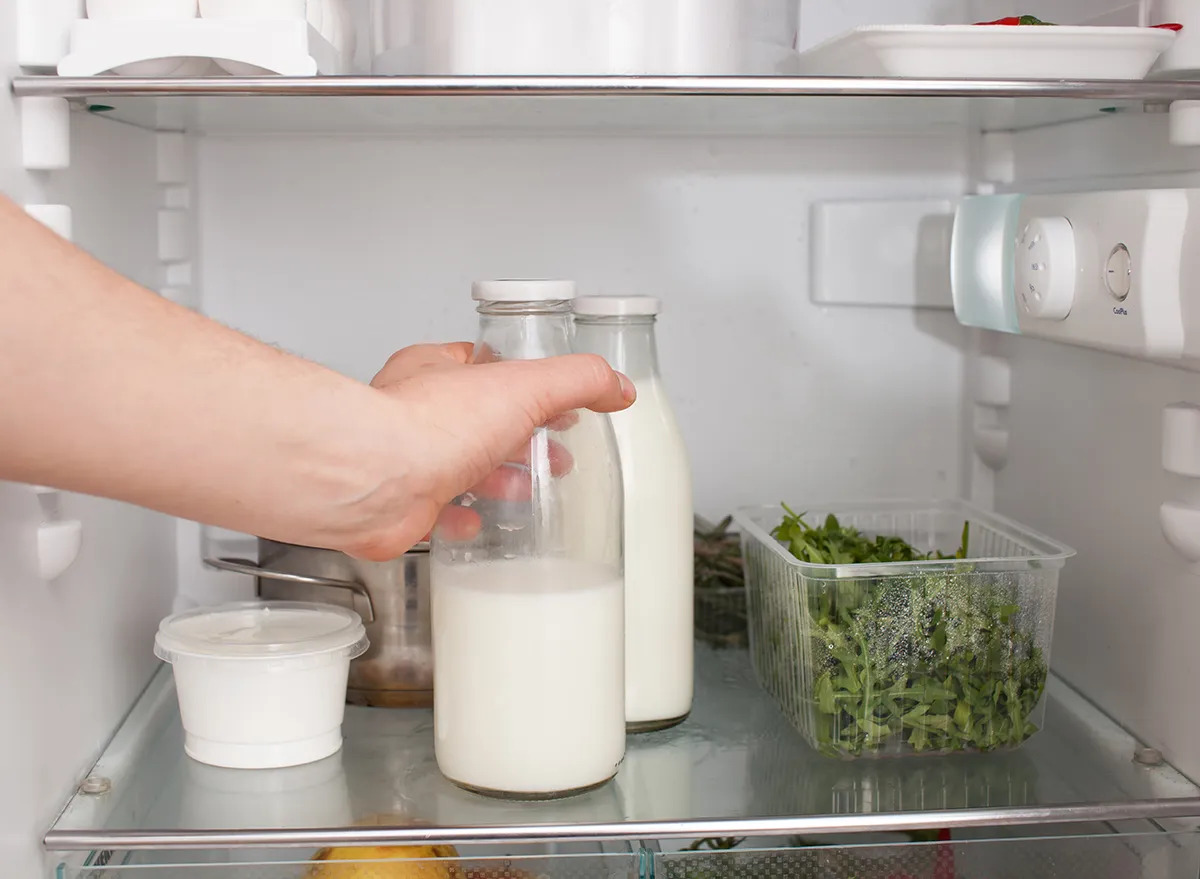
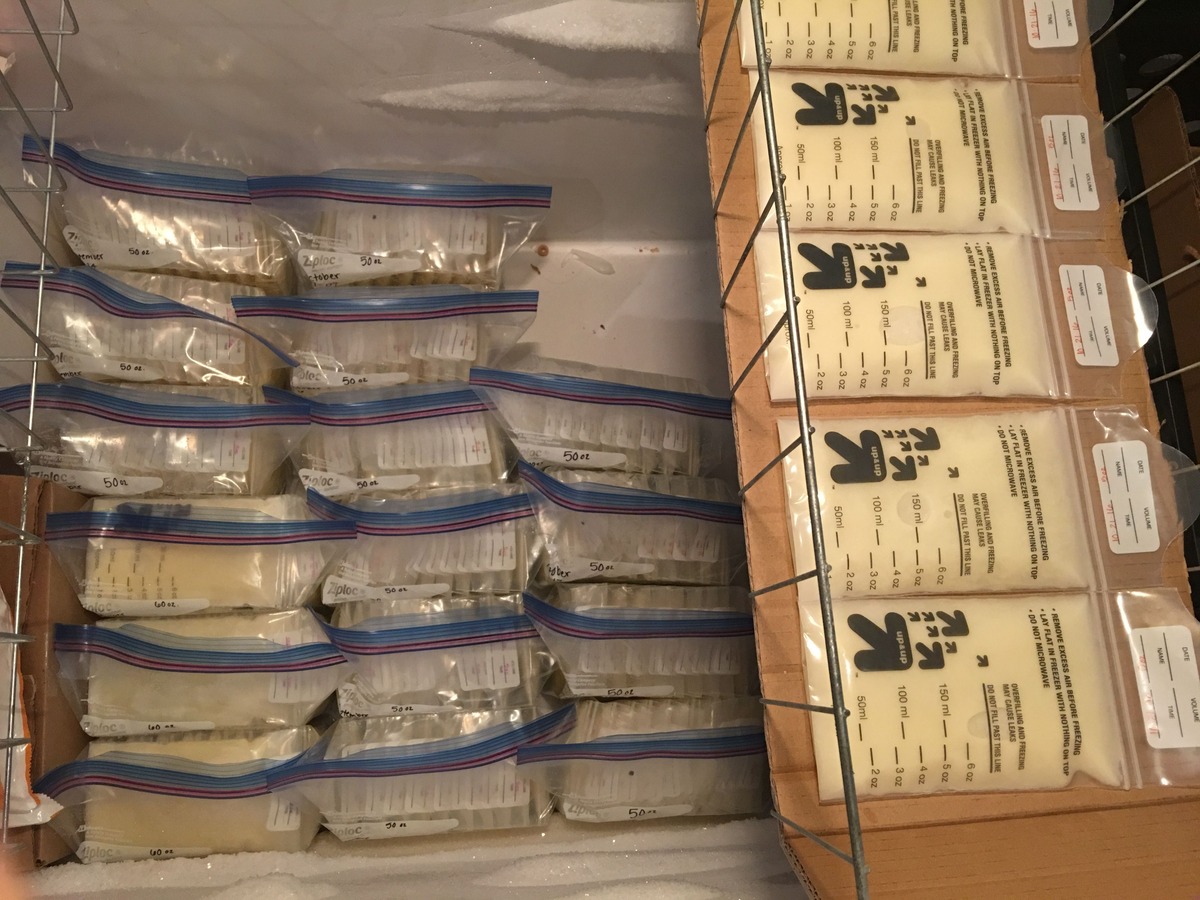
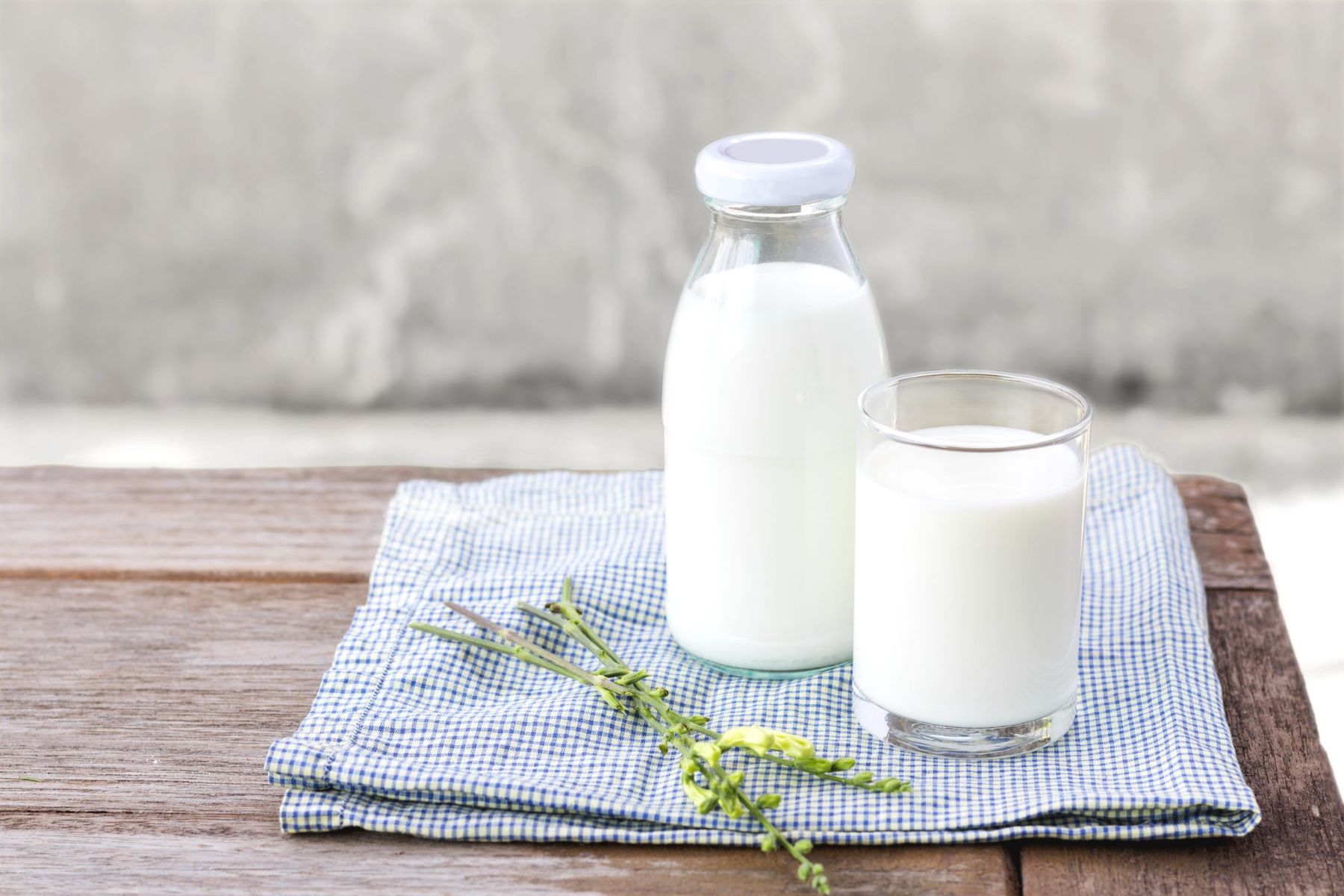
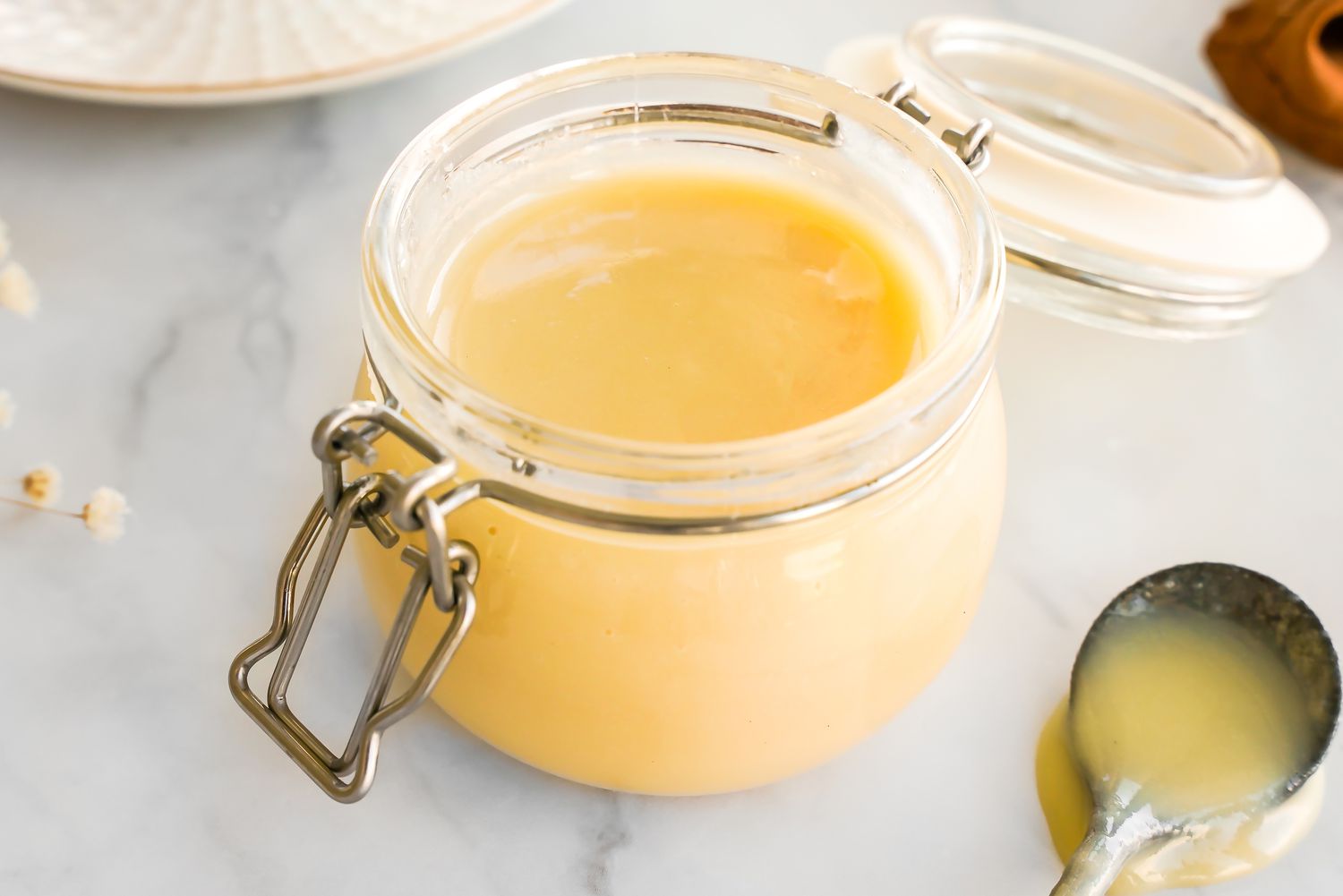
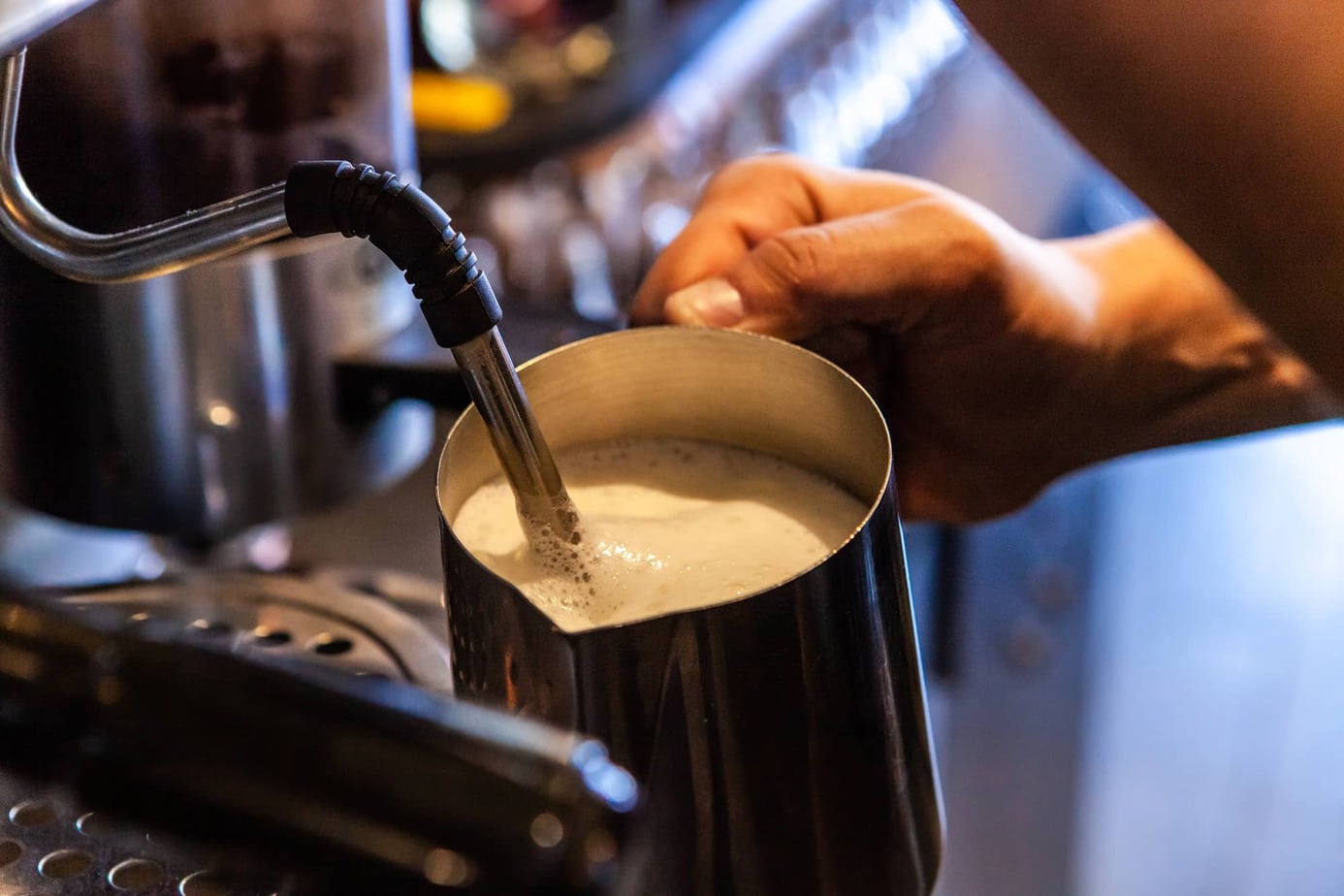

0 thoughts on “How To Store Pumped Milk”